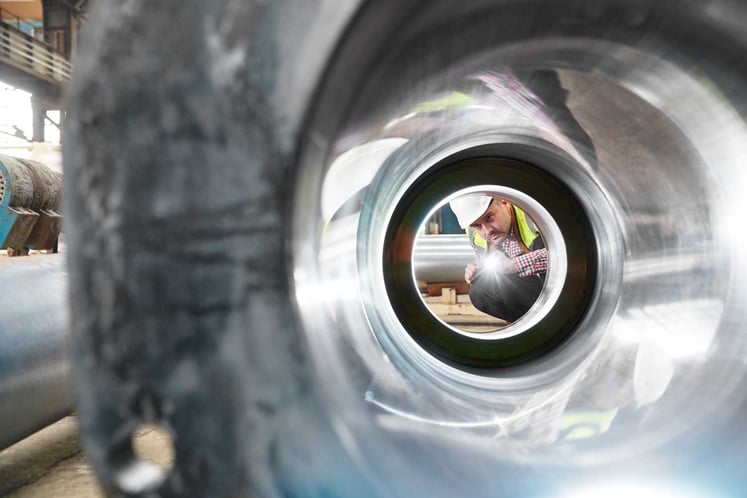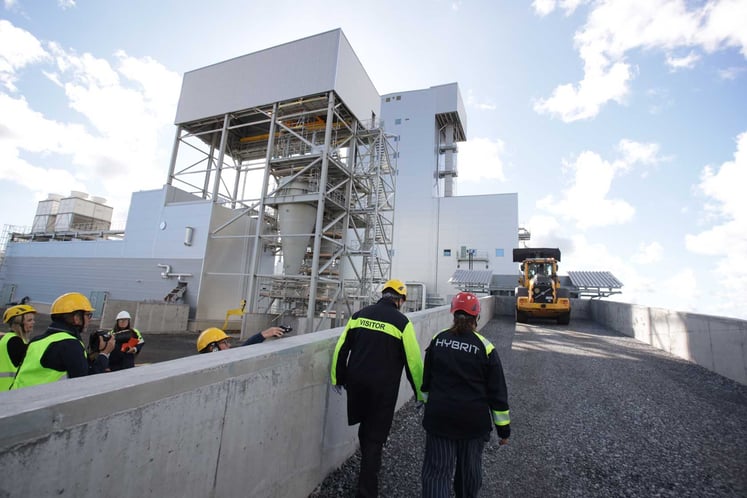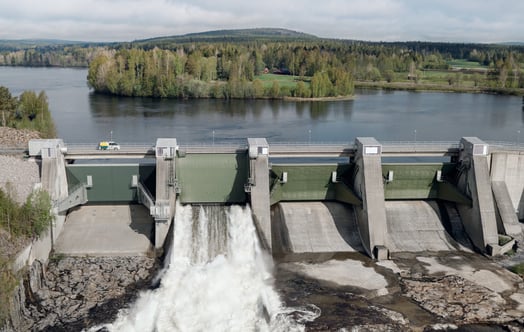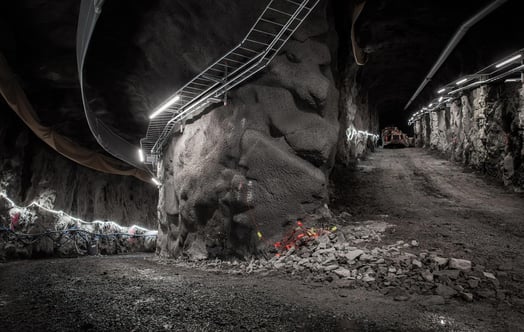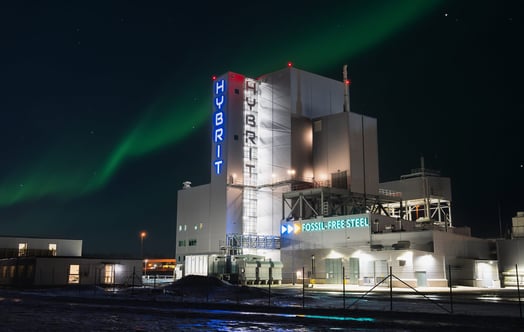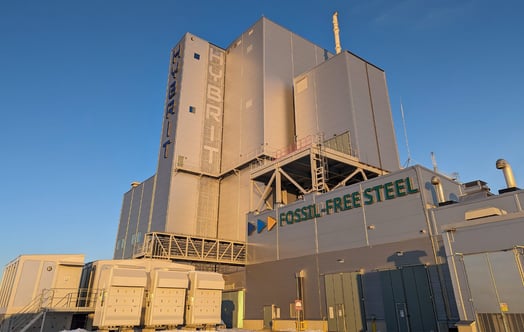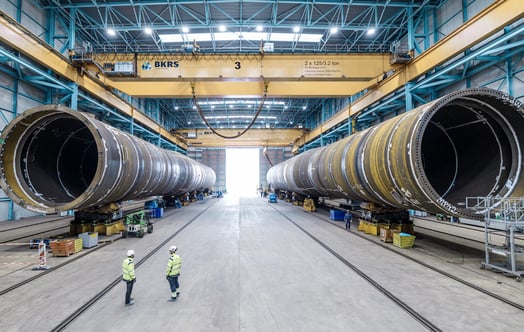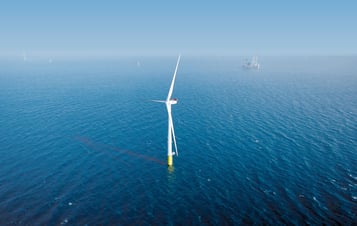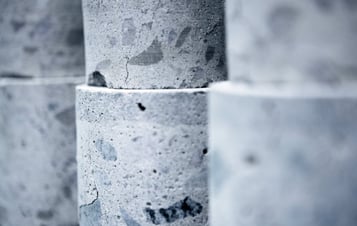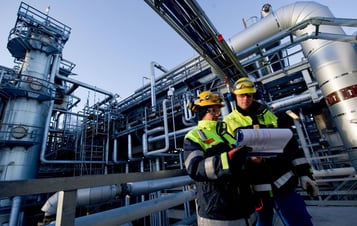HYBRIT – pioneering fossil-free steel production to cut industrial emissions at the root
The steel industry has long relied on coking coal, making it one of the largest industrial emitters of CO2. HYBRIT (Hydrogen Breakthrough Ironmaking Technology) aims to change that. Launched in 2016 as a partnership between steel producer SSAB, mining company LKAB, and Vattenfall, HYBRIT plans to replace coal with fossil-free hydrogen produced using renewable electricity.
The Luleå pilot plant, which opened in August 2020 was designed to test a new steel-making process that eliminates CO2 emissions by replacing coking coal with hydrogen made from fossil-free electricity and water. A process called direct reduction replaces the conventional blast furnace process. The by-product is water instead of CO2, which can be recovered for the production of fossil-free hydrogen.
Since 2020, the pilot plant has produced more than 5,000 tonnes of hydrogen-reduced sponge iron. This has validated the technology on a semi-industrial scale, resulting in several patents and a final research report, which was delivered in August 2024.
In July 2021, SSAB Oxelösund rolled the first steel produced using HYBRIT technology with 100% fossil-free hydrogen. This milestone marked a significant step towards commercialising fossil-free steel.
Video player requires marketing cookies.
To view this content please click here to allow marketing cookies.
HYBRIT: The biggest change in steel production
The biggest change in steel production in over 1,000 years. Together with our partners LKAB and SSAB, we have created HYBRIT – a project for producing steel using hydrogen rather than coal.
Video player requires marketing cookies.
To view this content please click here to allow marketing cookies.
Fossil free electricity is the key
Electrification is key to combat climate change. The aim is to more or less eliminate CO2 emissions. Watch HYBRIT – 4: Fossil free electricity is the key.
In the summer of 2022, HYBRIT commissioned a 100 cubic metre pilot hydrogen storage facility using steel-lined rock cavern (LRC) technology at Svartöberget, adjacent to the sponge iron pilot plant in Luleå. The facility has now completed over 3,800 operating hours with a demonstrated 94% availability, and has undergone accelerated mechanical testing equivalent to 50 years of operation.
The purpose of the storage is to balance hydrogen production with fluctuations in the electricity price: hydrogen is stored when electricity is cheap and supplied during expensive periods. Real-time operation against the spot and intraday electricity markets has demonstrated cost savings of 26–31%, and simulations of future scenarios indicate the potential for savings of up to 40%.
The project, co-financed by the Swedish Energy Agency, has been declared technically successful and ready for scale-up to support large-scale hydrogen users, such as direct reduction (DRI) plants. HYBRIT has extended the pilot through 2026 to refine designs and prepare for future commercial-scale hydrogen storage.
From pilot to demonstration phase
In March 2021, Gällivare was chosen as the location for the first HYBRIT demonstration plant. The plant is expected to deliver 1.3 million tonnes of sponge iron by 2026, increasing to 2.7 million tonnes by 2030. LKAB is the main builder and state aid recipient, having filed permit applications in May 2023.
Once fully operational, HYBRIT could reduce Sweden's CO2 emissions by approximately 10%, Finland's by 7%, and cut 35–50 million tonnes of global steel emissions per year – equivalent to two-thirds of Sweden's annual emissions.
After successfully completing the pilot phase, the initiative has entered an industrialisation phase, focusing on constructing the demonstration plant, expanding hydrogen infrastructure, and establishing the power and permitting infrastructure required for commercial deployment.
News and press releases
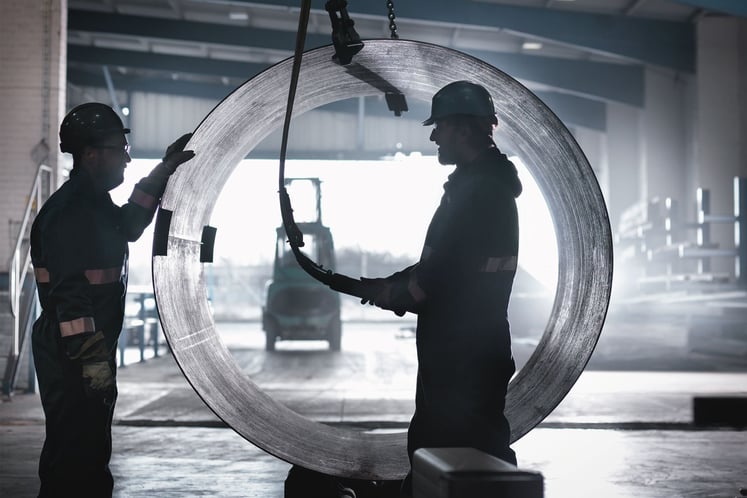
More about HYBRIT, LKAB and SSAB
Video player requires marketing cookies.
To view this content please click here to allow marketing cookies.
HYBRIT – fossil free steel is happening
The biggest change in steel production in over 1,000 years. Together with our partners LKAB and SSAB, we have created HYBRIT – an initiative to create fossil free steel using electricity and hydrogen.

